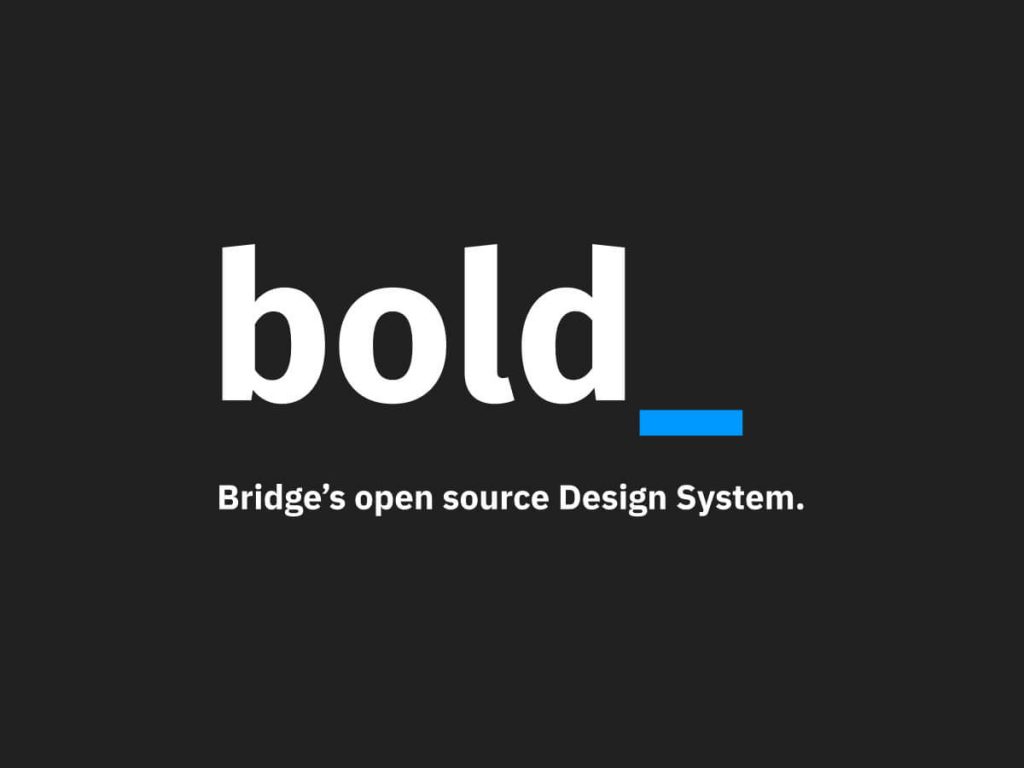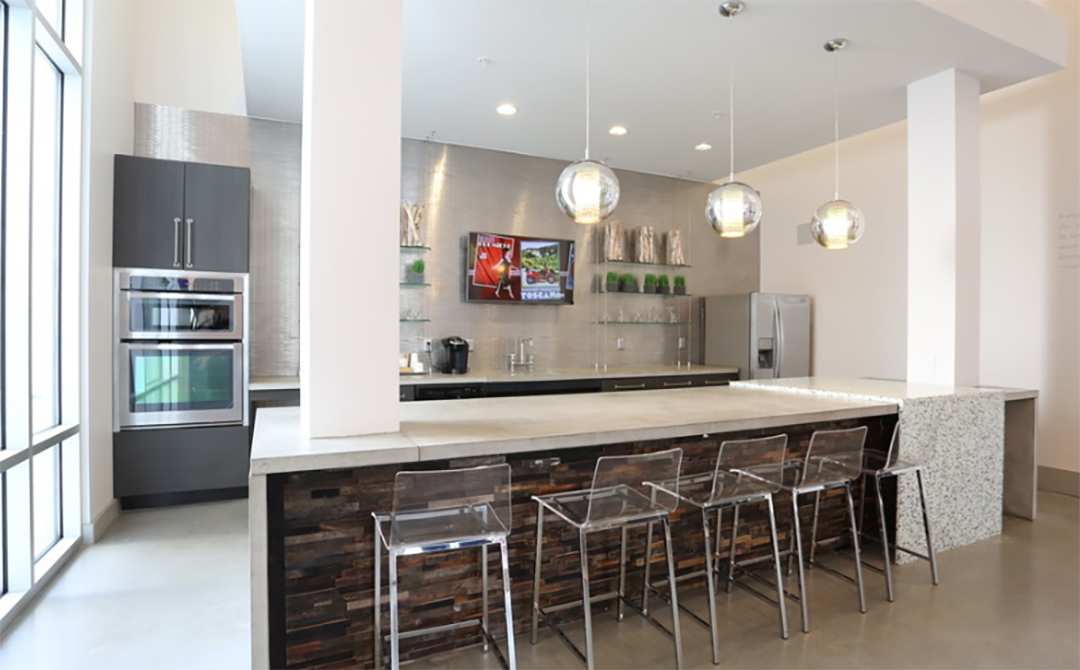Table Of Content

And long story short, now that we have this created, we need to change the height of this list item to 40. So as you can see, if we look at this frame, it wraps the front layer, which is the background with all these list elements added on top of it. And the divider is approximately 12 pixels 12 dips down from the subtitle.
Choose colors that work well together
We've got a and the padding is set to 12 tips on the right and eight on the left, we are good to go. And now you'll notice I can adjust the dip padding to 12 dips the left and right as opposed to fit the one here, which is what specified currently. So we have the generic container that holds all of the chip elements and their size is determined by those elements. While buttons are expected to appear consistently and with familiar calls to actions. Today, we're at a design Academy, and we're going to be creating some chip components. So if you do it, if you build out these elements once pixel with pixel precision pixel perfection, you should be good to go.
Design systems 102: How to build your design system
And pause this video and I'm going to create them and I'll see you when I'm done. And then for the on primary as well for this section, creating those as well. And then it has these primary states which are purple, labeled as primary overlays. So the activated state, I can go ahead and change the opacity to 12%, slightly darker shade. And with that being said, there are also overlay opacity values applied here, which we can implement ourselves in figma. And you can see that here in figma, where on hover that uses an overlay of 4%, which is just a black overlay on hover, which is what we're seeing here in this checkbox.
The world's first design systems workbook for Figma
And we need to change the color of this text, the spotty copy from high emphasis to medium emphasis. If I duplicate this, change the text style and go to caption, I can select that set, set that to secondary text. So if I go ahead and add this title in here, then apply the proper text style of subtitle one. So what I can do is just push this content down, duplicate this textile, or this text and then change it to overline with overload specified.
Design systems
So I'm going to type in online on the internet Material Design icons tool. So the best way to go about this is directly going to the file where all these components live. And by doing that, we need to make sure that these we have three boxes set to 168 dips wide or if you have some other better way of calculating it. And what we can do is ensure that we have proper constraints applied to this. And we can also reference a given hour, our typography here, what we're going to need to do is actually select this icon. And ensure the fill is set to on primary and ensure that is in all caps.
And feel free to modify the fill of this and change that to the image type and add an image as needed. But I'm just gonna use this placeholder so not to mess with the modifying the the icons that are systematically built from. Now it's properly spaced, eight Between the Buttons and bottom and right of the buttons. And then make sure they're 12 dips in distance apart, and make sure that they're dips from the right of this frame.

Figma's new community profiles let users view and remix design files - The Verge
Figma's new community profiles let users view and remix design files.
Posted: Tue, 22 Oct 2019 07:00:00 GMT [source]
And then we're going to select on should be on background or on surface. And it is already vertically centered and horizontally centered as needed. And it might be hard for you to see because by default that that fill was off turned off and I'm holding down option to get these breadline measurements. So what we're gonna do is, now that we have this icon, I'm actually going to hold down Option Command G to create a frame.
A design system is a set of standards, reusable components and patterns used to create visual consistency throughout pages and projects. A design system is a set of standards, reusable components, and patterns used to create visual consistency throughout different projects and pages. Firstly, akin to any product, a design system demands continuous attention and effort—not just for its initial setup but also for its maintenance. Just like great products, which continue to evolve, a design system is never truly done. Keeping a design system updated and relevant requires a dedicated stream of resources and time, making it a long-term commitment.
So now we have those two button variants and just ensure that the spacing set to 16. But in the specs, we we have a different color specified, but that's alright, so for the sole purpose of constructing these elements, we'll leave that outline to the on primary color, although that may not be the case at all times. Or you notice that you can click on this frame, right click and select Add auto layout, or you can do it from the canvas as well. Well, the two elements are the the text layer here and this frame, and I'm going to name this buttons. So now that we have that specified, I can go to my Phil and I have that library here viewable material design system.

And you'll notice the same exact thing in this checkbox, where this is using the the outline of the checkbox itself and the enabled state is set to black. It it provides a systematic approach to visualizing states by using opacity and can be applied to an entire element or in a circular shape. And again, just to continue to break down the anatomy of the overlay which represents the state in our designs.
And what we want to go ahead and do now is we can bring in some some list items here, we can bring in the list item that utilizes a icon, this one line variant, right. And essentially what you could do is create add whatever content you need here. As there may be several scenarios and how you want to use the the expanded front layer, you may want to add other type of content onto this expanded front layer on this backdrop. So we can go ahead and check that to see what that padding specified to right here from this list to the top of that divider. So it's going to be my front front layer, expanded with content, so you're gonna have to wrap it into a frame, ensure that everything is aligning accordingly. And what I was trying to get at first is designers will copy that, copy this subtitle, and go ahead and add other elements onto it.
Democratizing Design - Andreessen Horowitz
Democratizing Design.
Posted: Mon, 25 Sep 2023 07:00:00 GMT [source]
And then on a tablet at on a lot slightly larger device, the mobile, you'll notice that the margin increases from 16 to 24, dips here on the left and right margins. And then when expands to a wider screen size, which is 600 dips in this example, it goes from two cards to four cards on that row. And you can see in the second example that there's an icon set to 24 by 24 dips, but the tap target is set to 48 by 48 dips. And then I can center this and you'll notice that I'll change the background here to white, maybe a little slight red. And they are vertical lines that show where elements are placed when they don't align to the grid key lines help you determine the distance between elements from the edge of the screen.

No comments:
Post a Comment